The decision to proactively abandon Bagram Air Base in Afghanistan will go down as one of the most consequential choices the United States military has ever made. At this point, it looks to be one of the most catastrophic. Gen. George Custer’s decisions at Little Big Horn, and the U.S. military’s decision to abandon all of the bases in the South as the Civil War loomed near, are of similar quality.
Bagram Air Base was situated about 30 miles outside Kabul, Afghanistan. It was within flight range of that entire country and depending on the aircraft, within range of parts of Iran, Pakistan, Russia, and China, to name a few. From Bagram, U.S. forces could be projected to attack, defend, protect, or rescue just about anywhere in Central Asia.
Bagram was an extremely flexible and capable base. The United States could and did place whatever force mix it desired at Bagram over the years.
The following photos show just some of the capability that was stationed at Bagram during its two decades of service.
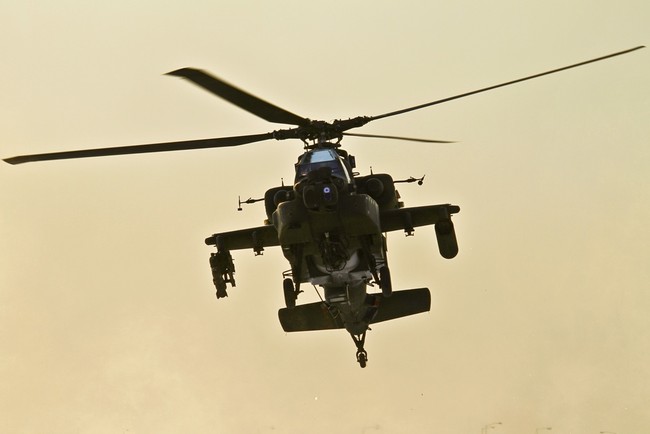
The Apache attack helicopter is one of the world’s most capable strike aircraft. It can orbit to conduct surveillance and unleash hell on targets in any weather or visibility conditions. Apaches launched from Bagram to conduct strikes on Taliban and other terrorist groups in Afghanistan over the years. Abandoning Bagram took the Apaches out of the force mix for the evacuation over the final weeks.
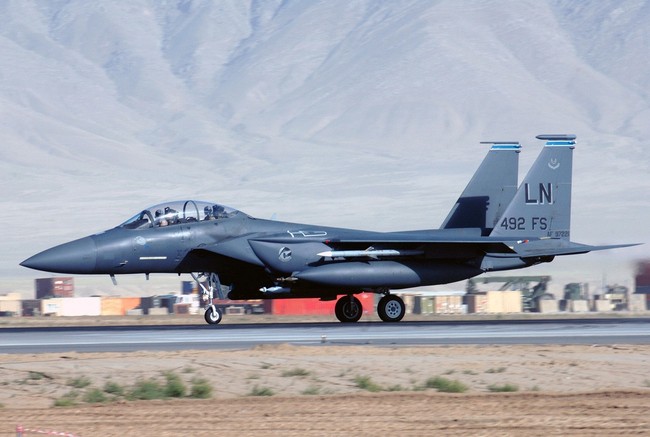
The F-15 Strike Eagle is one of the most versatile and lethal aerial strike and combat platforms ever built. Over the years, the F-15 was used to conduct numerous missions around Afghanistan.

An F-16 Fighting Falcon and C-130 transport aircraft side-by-side at Bagram. The two aircraft perform very different missions, but both could and did perform their missions from Bagram, the massive and versatile base the U.S. abandoned without warning in July 2021. A variant of the C-130, the AC-130 Specter gunship, could and did perform combat missions out of Bagram over the years.

American airpower on display in the form of two F-16 Fighting Falcons, ground, and an Apache attack helicopter hovering in the background. The U.S. could and did perform combined air attacks on numerous targets over the two decades of Bagram’s use.
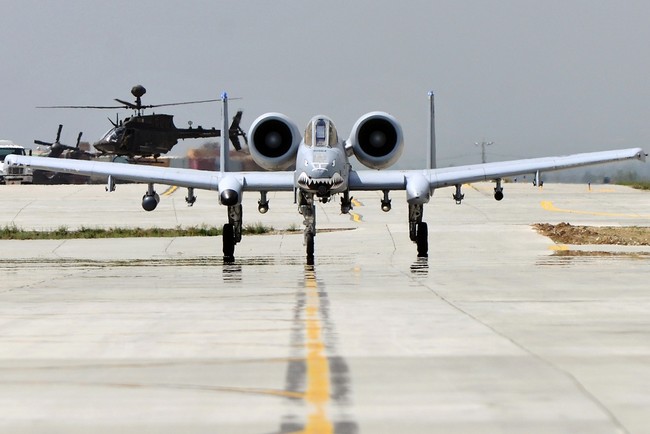
An angry-looking A-10 at Bagram. Taliban terrorists often attempted to destroy the A-10s on the ground at Bagram with mortars. The Thunderbolt is basically a flying tank, heavily armored, and equipped with the seven-barrel Avenger Gatling autocannon. The airframe is more or less built around that gun, which is used destroy enemy personnel and vehicles on the ground.
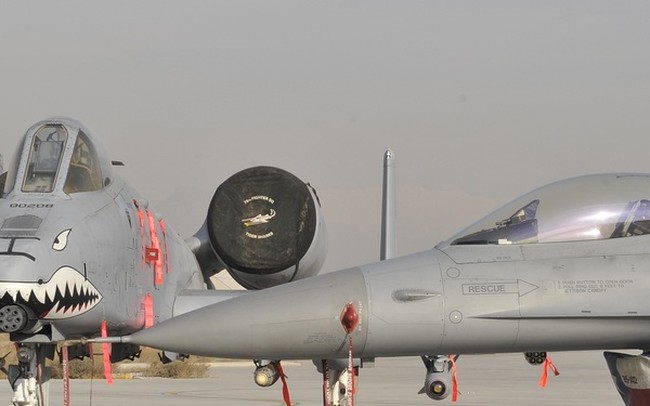
Combined aerial threats in the form of an A-10 and an F-16, both of which were based at Bagram over the years.
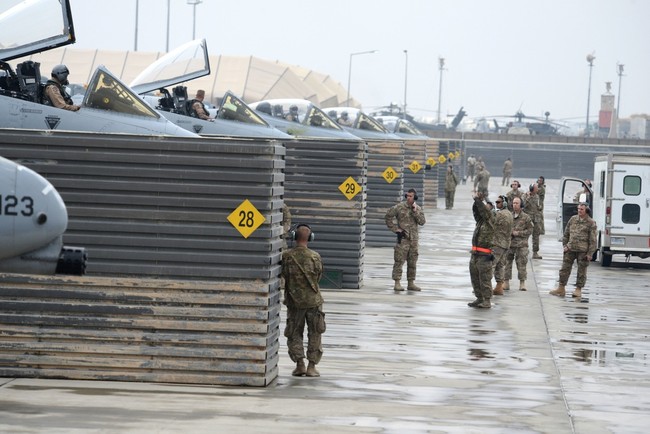
A bank of A-10s, aircrews, and other rotor aircraft in the background. Bagram was built to be a highly flexible base capable of housing nearly any aircraft the United States felt the need to place there.
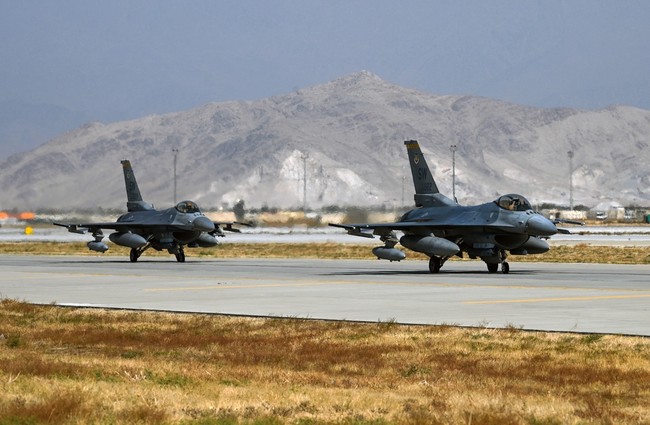
Two F-16s arriving at Bagram.
Bagram also had armored Humvees and MRAP (mine-resistant ambush-protected) vehicles to project force on the ground. Dozens of each at any given time.
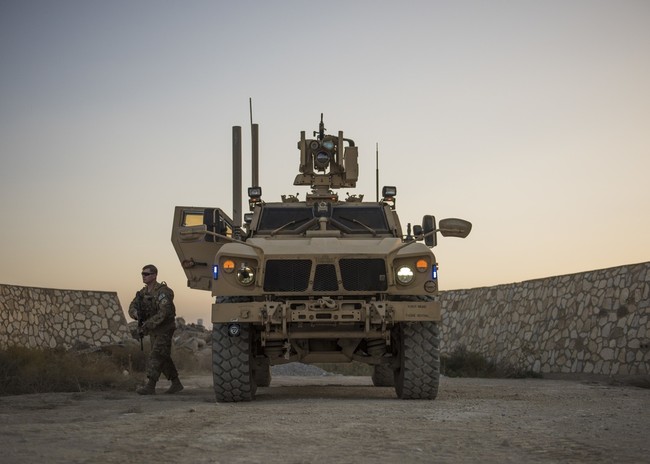
In addition to the above, the stealthy F-22 Raptor flew missions out of Bagram. The base was also home to vast living quarters, could warehouse vast amounts of any supplies needed, and had a top-class hospital and trauma center that was operated jointly by allied forces including NATO and friendly Middle Eastern countries. Allied forces also maintained a prison on the base, in which several thousand captured enemy combatants were held, keeping them off the battlefields and unable to conduct attacks.
Bagram Air Base was a world-class platform from which the United States could project any form of military power across Afghanistan in the heart of Central Asia.
Joe Biden ordered the U.S. to reduce the number from 2,500 troops at the beginning of his term to between 600 and 700 troops in the drawdown, an order that according to Gen. Mark Milley forced the military to have to choose between defending that base, which had two runways, during the evacuation, or defending the embassy and Hamid Karzai International Airport (HKIA) in the heart of Kabul, which has just one runway. The military, according to Gen. Milley, recognized that 600-700 troops would not be enough to secure Bagram, so it opted for HKIA. HKIA is now surrounded by an unknown number of enemy fighters belonging to the Taliban, ISIS-K, and al Qaeda — names that denote distinctions without much actual differences in ideology or capability. They’re all terrorists.
Bagram closed in the dead of night on July 5, 2021. Afghan army forces occupied it, but the Taliban captured it around August 14, 2021–and promptly freed the captured terrorists held there.
Related: Gen. Mark Milley’s Bagram Blunder Should End His Military Cosplay Act
Prior to the terrorist attack that killed 13 Americans and numerous Afghans last week, U.S. forces had not suffered a casualty in Afghanistan in more than a year. Thursday’s attack was the deadliest day for Americans in Afghanistan in a decade.
In the end, all the capability in the world doesn’t matter if leadership is worthless, stubborn, and makes self-defeating decisions. Abandoning Bagram is likely to go down as one of the most self-defeating decisions a president has ever made.


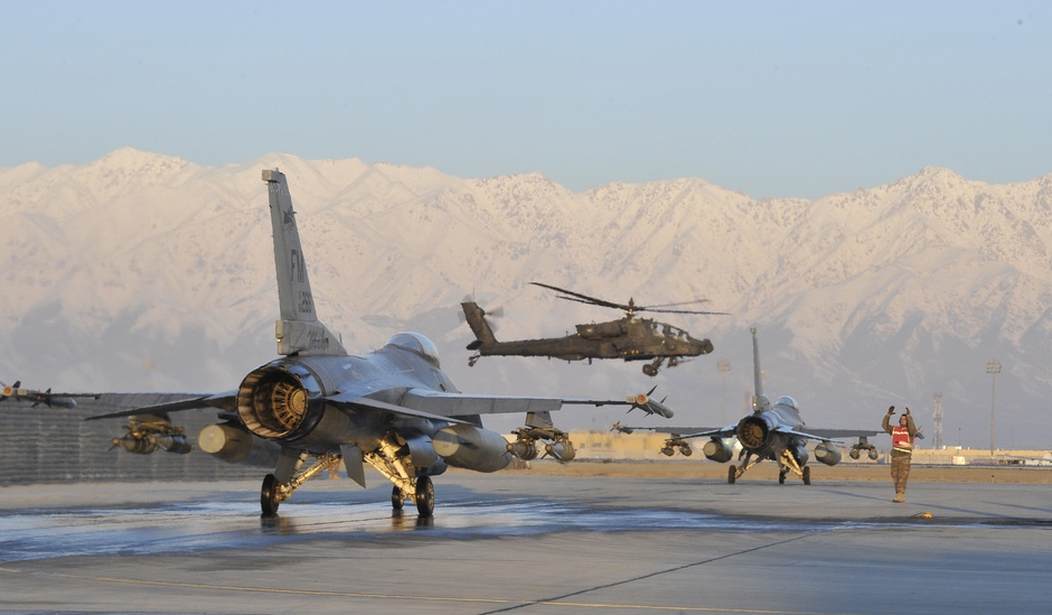






Join the conversation as a VIP Member